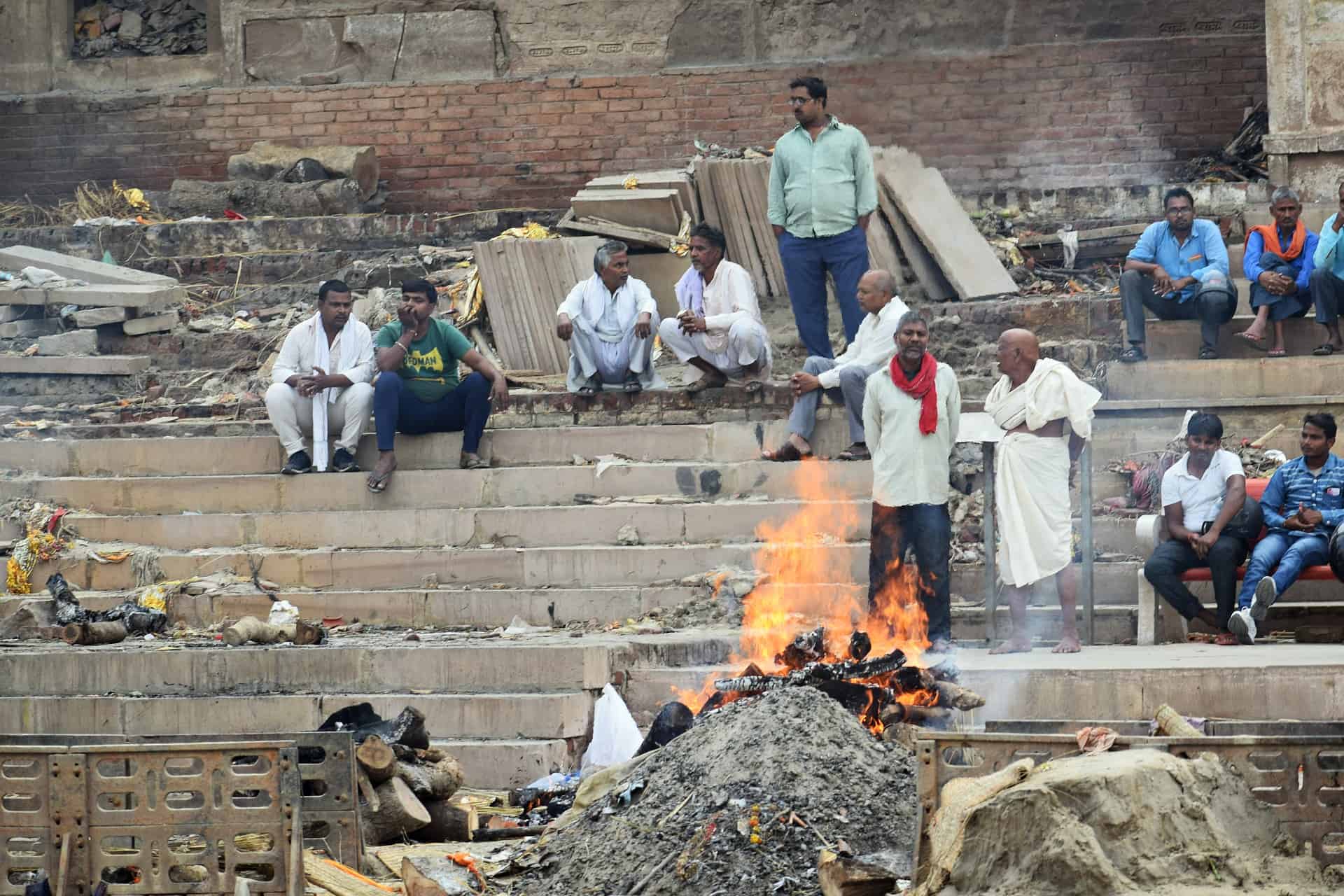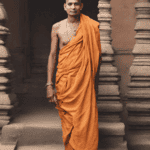Introduction
The end of human life is death and it is full of many rituals and customs practiced depending on the creed. The most ancient religion Hinduism had set up many customs and rituals performed while cremating the deceased. The article depicts dos and don’ts while performing rituals for a funeral. For the reader’s convenience, the article extends as step by step paragraphs of the funeral rituals.
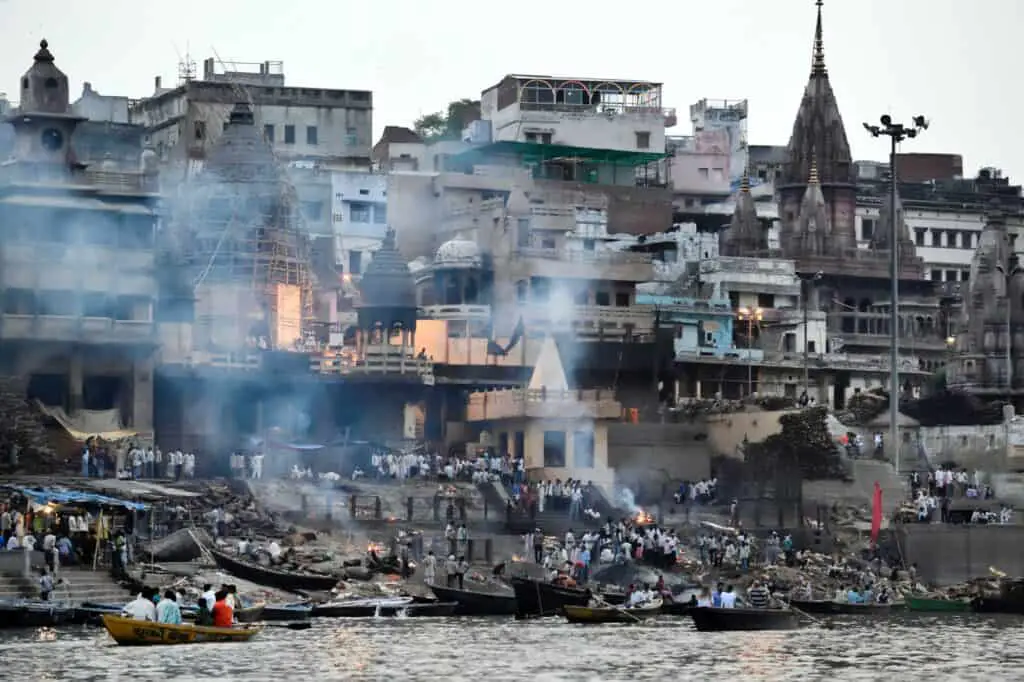
1. Time of death
Hinduism believes in reincarnation after death and performing rituals and rites ensures that the soul is reborn in a different form again. Religion is the third-largest creed followed all over the world. But the rituals and traditions followed in a funeral are forbidden in most of the countries. This article ensures a clear idea of what to do, How to act, etc.
Someone in the bed of death is necessarily needed to drink water or intentionally pour the water into their mouth if they had lost their consciousness. Hinduism recommends drinking water at the time of death that heals the soul to get rid of lifelong thirst and depression. Make the person lay down at the ground surface and not on the bed with the head toward the south. Some castes lay the deceased in the coffin box to display for beloved ones mourning. Some other castes place the dead one in the east-facing along with a lamp and incense stick fuming above the head. Singing hymns and religious songs remain part of mourning at the time of death and after death.
3. Heirs performing rituals rights
Hinduism propounds rites to follow while casting out the funeral ceremony. The priest called for the forthcoming ritual sometimes the eldest person in the house may accomplish the task. On behalf of the priest or elder one’s commands, the chief mourner of the house carry on the funeral rites. The eldest son is the chief mourner to his father’s dismissal and the youngest one takes the chance to perform the rituals in case of the demise of the mother. Some castes offer both the chances to the eldest son and he remains the chief mourner to perform all the rituals and conduct the funeral ceremony.
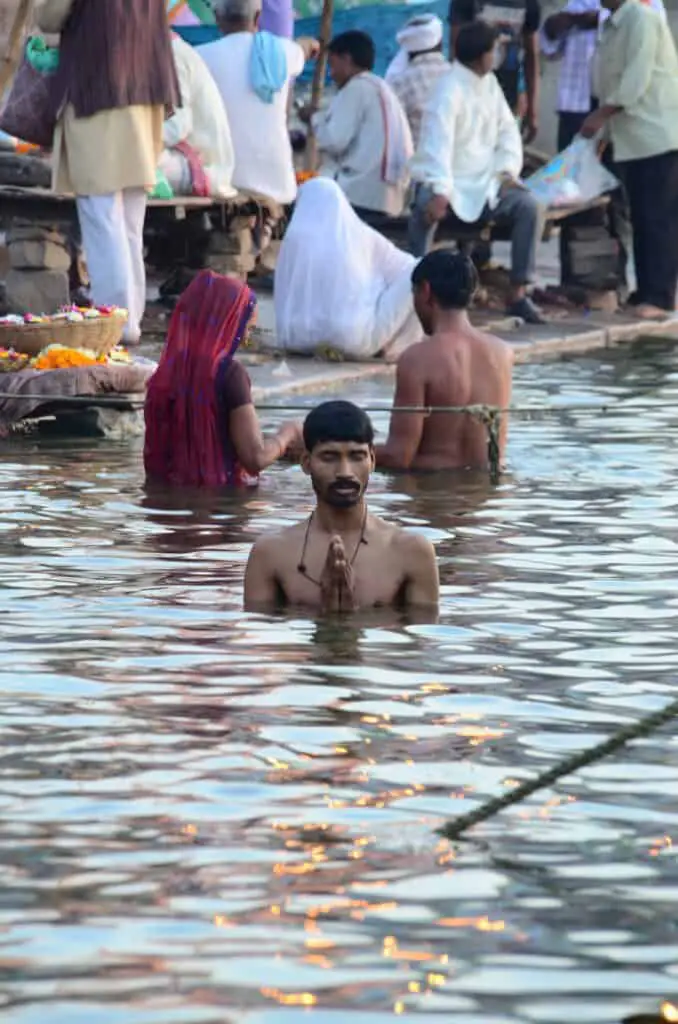
4. Deceased to display
The deceased is left 24 hours in the display for the final tribute paid by the relatives and the friends. The coffin box will refrigerate the cadaver and prevent it from decomposing. Once all the beloved ones paid their tribute the expired is taken to the cremating ground or cemetery ground. The point where occurs the final rituals. The housemates of the deceased remain uncooked until the entire ceremony conducted finished. Relatives and friends offer them food for the whole day.
Processes after Home
The dead one is bathed after applying oil and the clothes are removed and new white cloth wrapped around the cadaver. A white piece of cloth placed at the chin and tied around the head. Similarly, a knot is tied to keep joining the thumb fingers of the legs. Herbal leaves viz Tulsi are crushed at the mouth, one rupee coin placed at the forehead. Pair of cotton swabs are placed in the nose to avoid air enter the body through cavities. Now, the passed away is allowed for display. The grandchildren come around the expired one with the small lamps in hands and singing hymns. Women at home are allowed to pay the final tribute one after one.
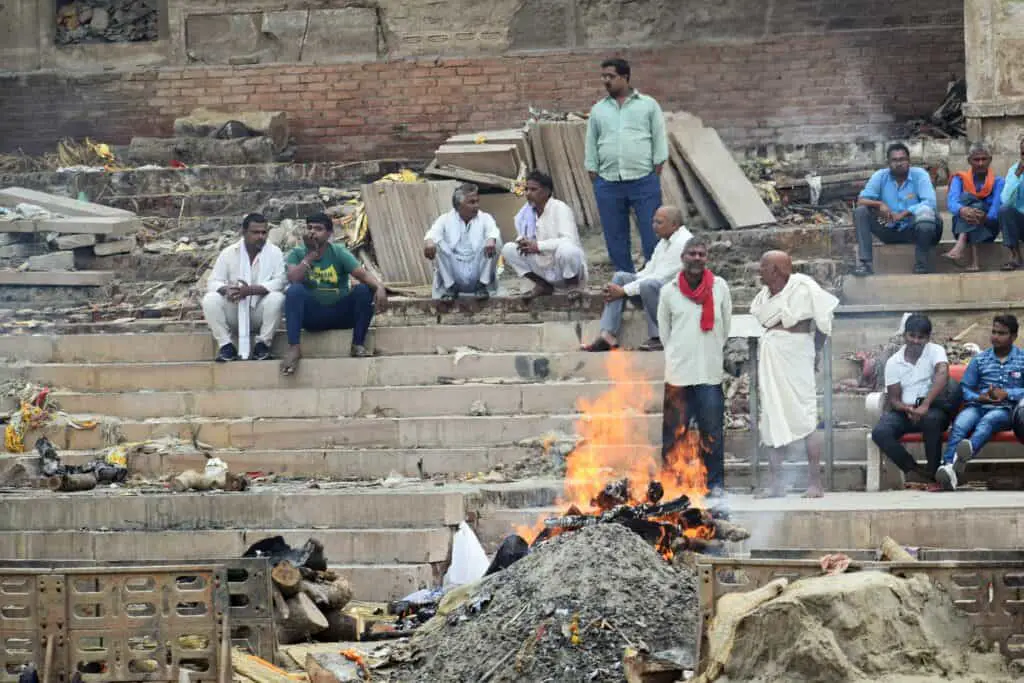
1. Rites at cremating ground
In the cremating ground, the wooden stick stacked in a pile called the pyre. The expired laid on the pyre related rituals include placing coins and rice grains on the mouth of the deceased occur. Soon after the rites, the chief mourner called for shaving his head, beard, and mustache. He carries a clay pot filled with water to carry on his left shoulder comes around the pyre. Each time he circles the pyre, a small hole created by knocking the clay pot after the third circle, the chief mourner drops the clay pot down and fires the pyre facing his back to the corpse.
The cremating funeral ends up followed by the related rituals are carried on third, fourth, tenth, eleventh, twelfth, and thirteenth days respectively. On the third day, the ash of the expired collected in a small pot is then scattered in the large water body like River Ganges. The ash scattered in some other running water body not possible to visit Ganga.
2. Mourning period
The 11, 12, and 13th days considered more important on which the daughters of the passed away to play a role. The expired person does have a daughter(s) then she shows her mourning on these days. Perhaps the tradition is altered regionally throughout India. However, the chief mourner is supposed to conduct a feast for the following year. Soon after the first anniversary, he should fast and observe anniversary mourning every year.
3. Back to reality
The family is not allowed to visit the temple till the 16th day mourning period is also not allowed to participate in marriages, observe festivals. On the 16th day of the mourning period, the family visits a nearby temple on reports of priest’s command after the family is allowed to participate in enthusiastic occasions. Visitors or relations keep addressing their mourning throughout the year but before the first anniversary. However, extreme regret is not encouraged family allowed to remain stable. Hinduism also allows immediate marriage in the family met with a sudden demise to turn up the family psychologically.
Conclusion
The death of a Hindu is a long journey path diversified at various stages of respect to castes and sects within the creed. The article remained useful to the best and hopefully contains the needed information. The article is aiming to clarify the doubts and hesitations regarding the rituals related to the Hindu funeral. The content nourished with genuine and legal ethics followed in Hinduism.
